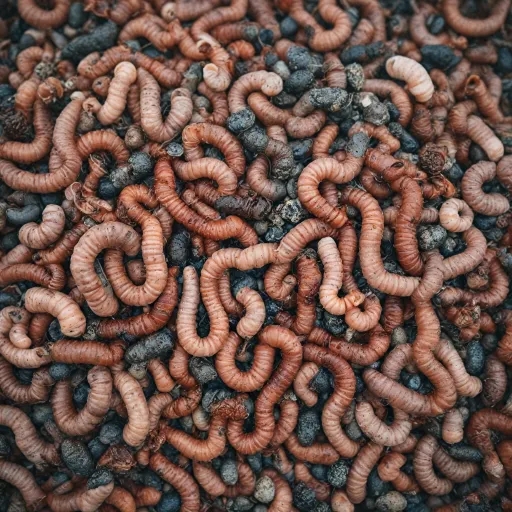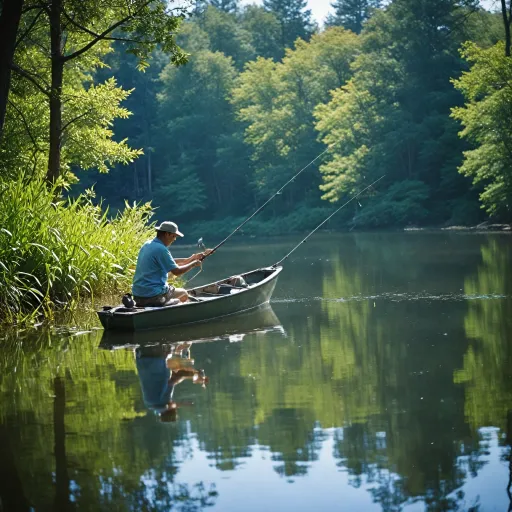
Understanding the Appeal of Crickets as Bait
The Enticing Allure of Crickets as Fishing Bait
Crickets have long been a favorite choice for many recreational fishermen due to their unique ability to attract a wide variety of fish species. These insects, particularly the Acheta domesticus, or house cricket, are renowned for their high protein content and natural appeal to fish.
One of the primary reasons crickets are so effective as bait is their movement. The subtle flickering of their wings and limbs in the water mimics the action of small prey that fish are naturally inclined to pursue. This movement, combined with the distinct vibrations created by male crickets chirping, makes them an irresistible choice for anglers seeking to increase their catch.
In addition to movement, crickets release a certain olfactory signal that can lure fish from a considerable distance. This makes them effective not only for immediate strikes but also for attracting fish to a specific area of water. For those eager to mastering the art of using different baits, understanding how crickets enhance this sensory appeal is crucial.
Furthermore, crickets are readily available and come in various species, such as the gryllus assimilis and field crickets. Each cricket species offers its own set of advantages, which can cater to specific fishing conditions or target species of fish. Their availability as a common pet food also ensures that they can be sourced without difficulty from local stores.
Not only are crickets appealing due to their sensory lures, but they are also easy to manage. Proper storage and handling of crickets are essential to maintaining their vigor and appeal; these aspects will be touched upon as we delve deeper into using crickets effectively.
Selecting the Right Crickets for Fishing
Choosing the Ideal Crickets for Fishing Success
Selecting the right crickets is crucial for an effective fishing experience. When deciding which cricket species to use, consider factors such as size, availability, and activity level. The common house cricket, scientifically known as Acheta domesticus, is frequently chosen by anglers due to its availability and ease of handling. With their moderate size and active nature, they often attract a wide variety of fish. Field crickets, like Gryllus assimilis, are another popular option. Known for their dark color and energetic movements, they can be effective in murky waters. These species are often more active at certain times of the day, increasing their appeal as bait. For those in search of larger options, Gryllus bimaculatus, or the two-spotted cricket, offers a heftier alternative. However, be mindful that larger crickets may not suit all fishing contexts. When prioritizing sustainability, sourcing crickets from farms committed to environmental standards can make a difference. As many cricket species are increasingly touted as sources of protein for human consumption and pets, these farms ensure consistent quality with sustainable approaches. Keep in mind, whether opting for these insects as a bait or part of a diversified diet in line with the edible insects trend, always choose responsibly sourced options. For more insights on adaptable fishing techniques, you might explore the versatility of soft plastic lures as an alternative or complementary approach to crickets.Proper Storage and Handling of Crickets
Maintaining Crickets for Optimal Use
Proper storage and handling of crickets are crucial steps in maintaining their effectiveness as bait in recreational fishing. Whether you're using gryllus assimilis, house crickets, or acheta domesticus, keeping these insects in top condition is essential. Poor handling can lead to weaker baits, which may reduce your chances of success on the water.
To start, store your crickets in a well-ventilated container. This ensures that the crickets have enough air, which is critical for their survival. Many anglers use a basic cricket keeper, which can be purchased from most bait shops or online retailers. Ensure the container has a secure lid to prevent the crickets from escaping, yet allows enough ventilation to keep them healthy.
Temperature is another key factor. Crickets are cold-blooded insects and require a warm environment to thrive. Keeping them at room temperature, ideally between 70-75°F (21-24°C), will help maintain their vitality. Avoid exposing them to extreme temperatures, as this can decrease their activity level, making them less appealing to fish.
Feeding your crickets properly is also crucial. They thrive on a diet of dry food or specially formulated cricket feed, such as grains and vegetables. This not only keeps them alive longer but also boosts their protein content, making them more attractive as bait. For an extra boost, some anglers provide crickets with nutritious human food scraps, turning them into more energetic prey.
Hydration should not be overlooked. While crickets can extract some moisture from their diet, it's beneficial to provide a safe water source. This can be achieved with water gels or moist sponges that prevent drowning.
By following these storage and handling practices, you'll ensure that your crickets remain in top condition and are ready to entice fish when you head out for a day of fishing. For young or novice anglers, understanding how to manage and use bait is an integral part of the learning process, and proper handling can greatly increase the chances of landing a catch. For more tips on gearing up young anglers, check out this detailed guide.
Techniques for Using Crickets Effectively
Mastering Cricket Techniques for the Best Fishing Experience
Crickets are more than just a cricket species hopping around in your backyard; they are a sought-after bait for their vibrant movement and enticing protein content. When using crickets to enhance your fishing game, understanding techniques can make all the difference in attracting your target fish. First, affix the cricket securely onto the hook. Using smaller hooks will minimize the damage to the cricket, keeping its movement lively and drawing attention to your line. Male crickets, known for their wings and distinctive chirping, tend to be more attractive due to their active nature. However, female crickets can also be effective, often waiting silently in the shadows, which might make them appear less threatening to fish. It's vital to consider the habitat and diet of your targeted fish while choosing between cricket species like the common house crickets (Acheta domesticus) or field crickets (Gryllus bimaculatus). The lively movements of the crickets as they wriggle, thanks to their wings and agile legs, can mimic a natural prey's instability, thus piquing a fish’s interest. Casting is a crucial skill when using crickets as bait. A gentle and controlled cast prevents the cricket from flying off the hook or becoming dislodged. Some anglers prefer crickets for topwater fishing, allowing the crickets to struggle on the surface, enticing strikes from fish hunting for insects floating in the water. Incorporating these techniques will not only increase your chances of a successful catch but also enrich your fishing experience as you harness the power of these small, edible insects in drawing keen attention from fish, ensuring your next fishing trip is a rewarding one.Comparing Crickets to Other Live Baits
Comparing Crickets with Other Live Baits: A Versatile Insect
When it comes to live baits, crickets offer a unique appeal due to their protein content and the enticing movement of their wings. House crickets (acheta domesticus) and field crickets (gryllus species), such as gryllus bimaculatus and gryllus assimilis, are commonly used in fishing due to their widespread availability and effectiveness. The benefits of crickets as bait are numerous:- High Nutritional Value: Crickets provide a diverse diet for fish as they are rich in protein and other nutrients, making them an attractive food source.
- Natural Prey: Many fish species naturally prey on insects, making crickets a familiar meal. The movement of crickets on water surfaces closely mimics that of natural prey.
- Variety: The different cricket species, such as camel crickets and mole crickets, provide anglers with options depending on the fish's preference and habitat.

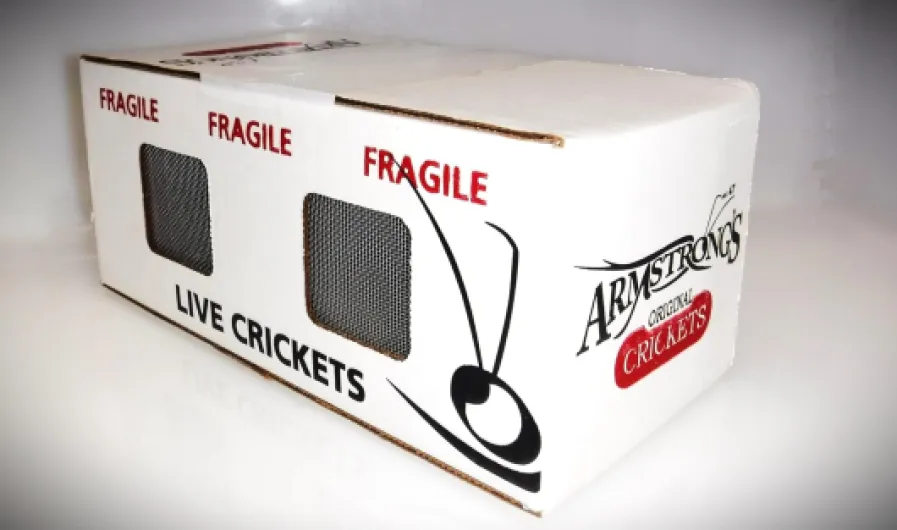
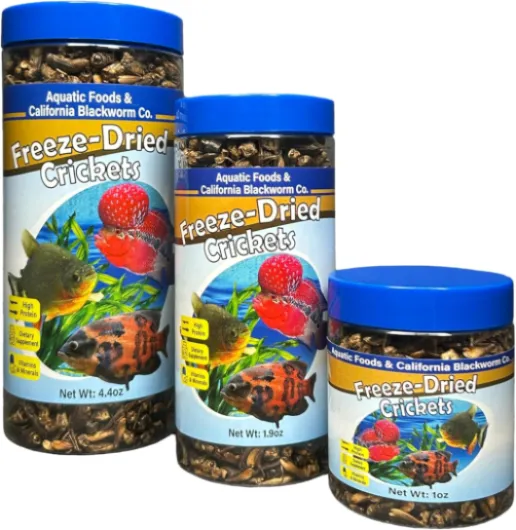
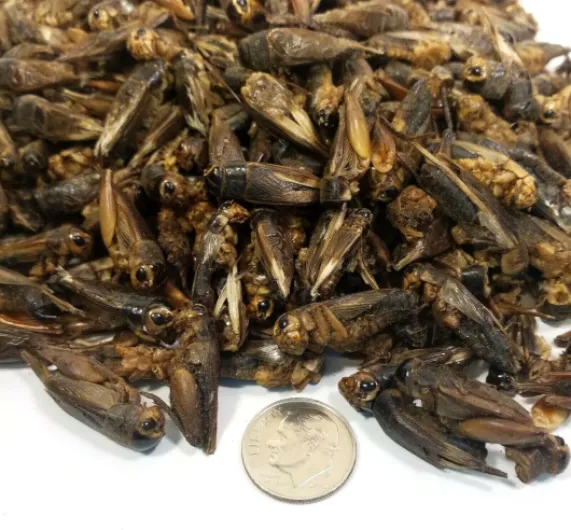
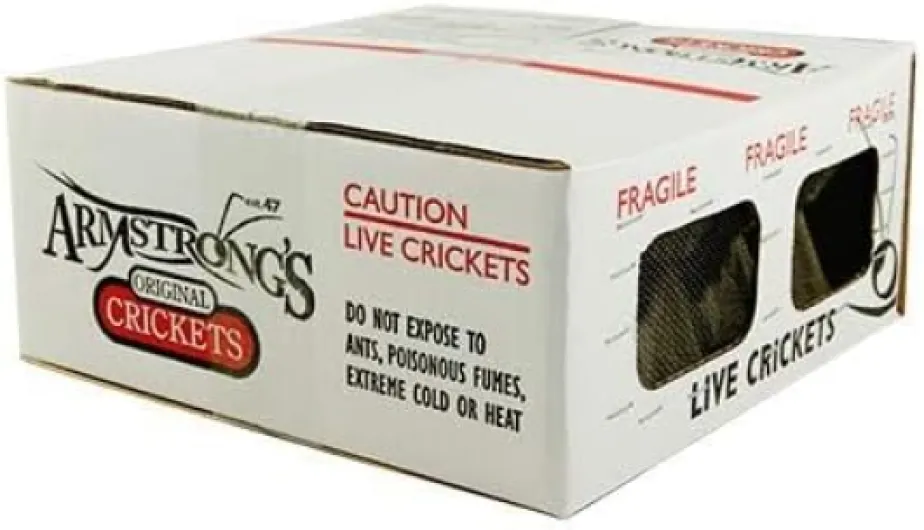

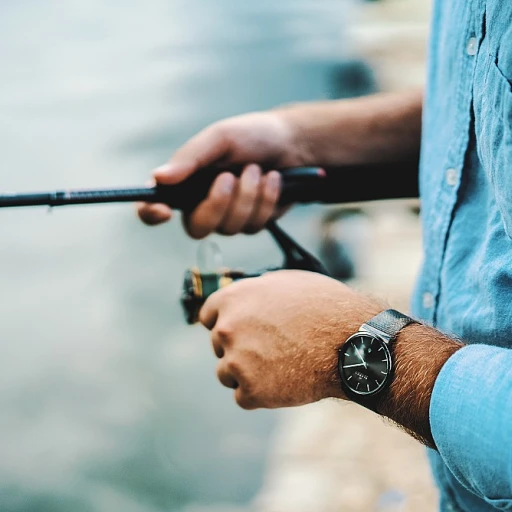
-large-teaser.webp)
